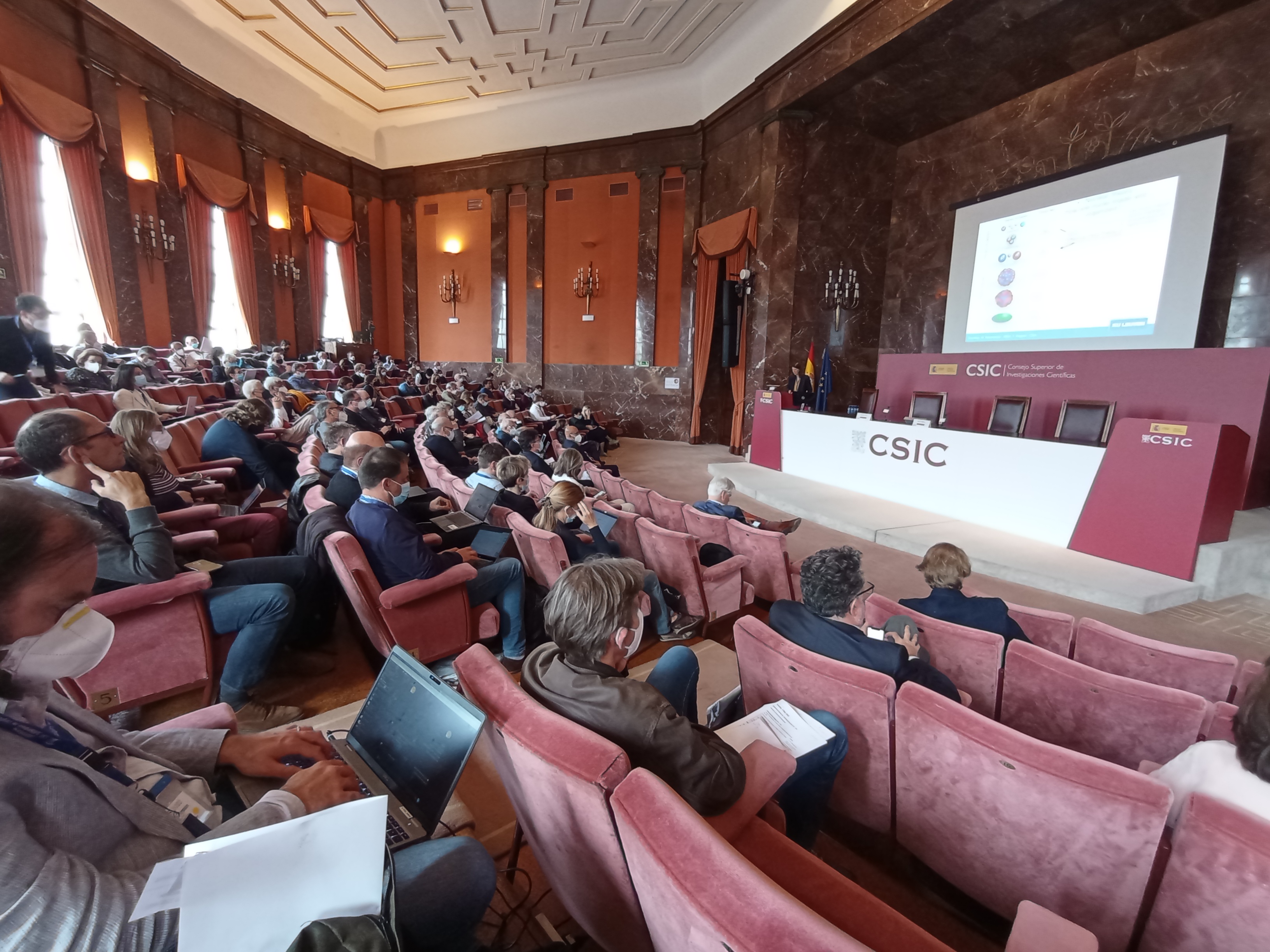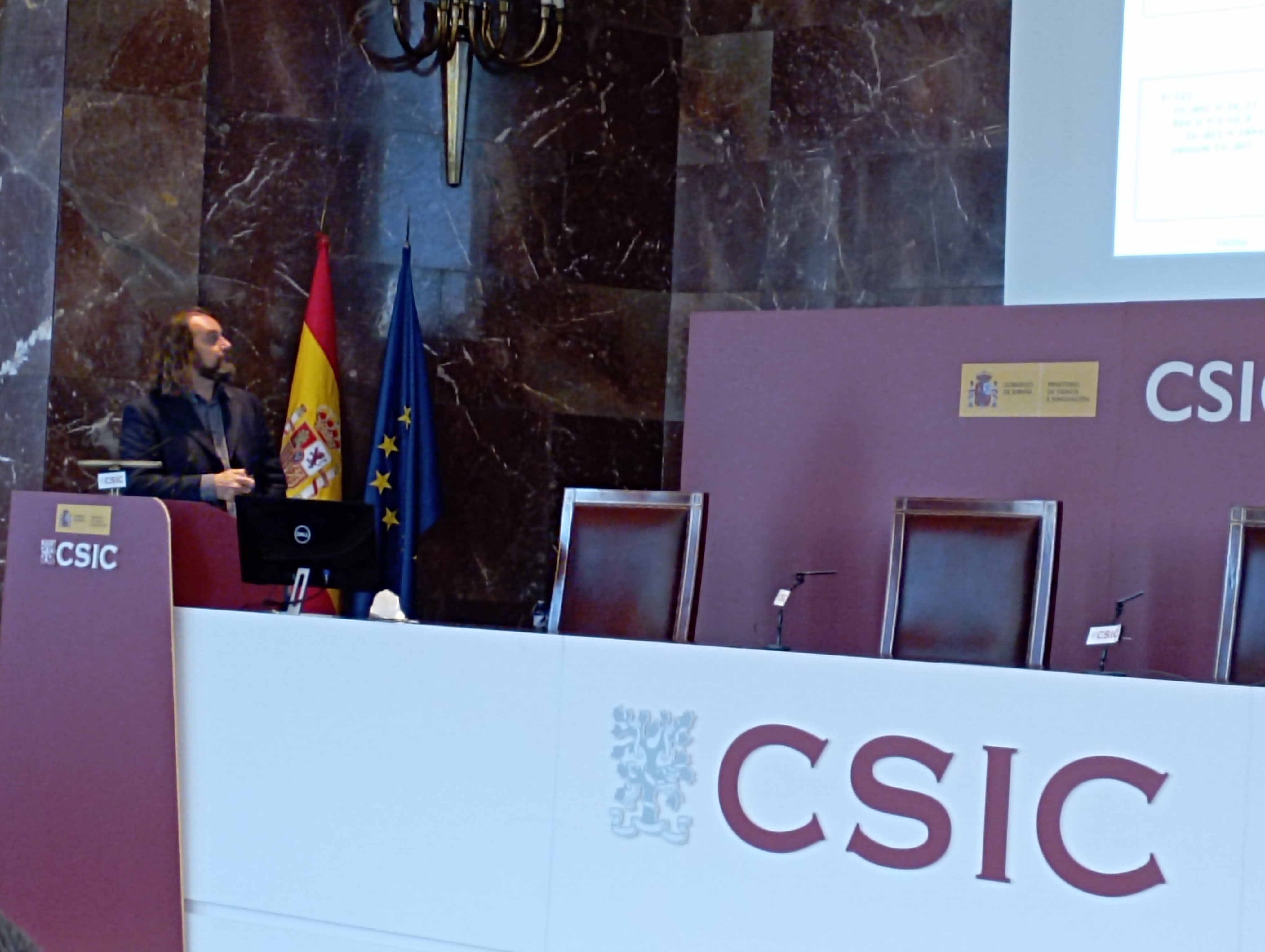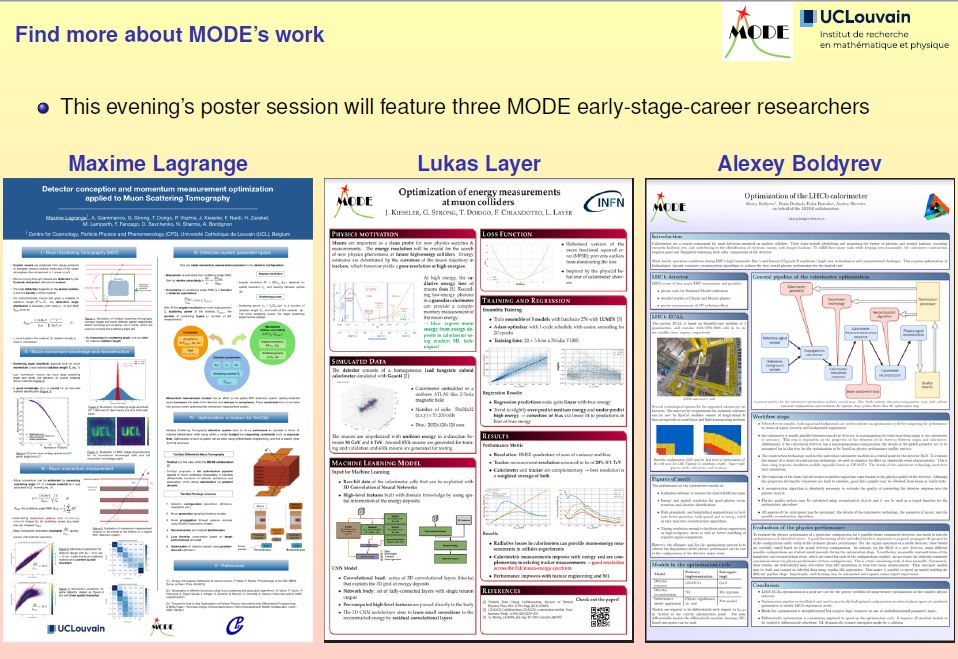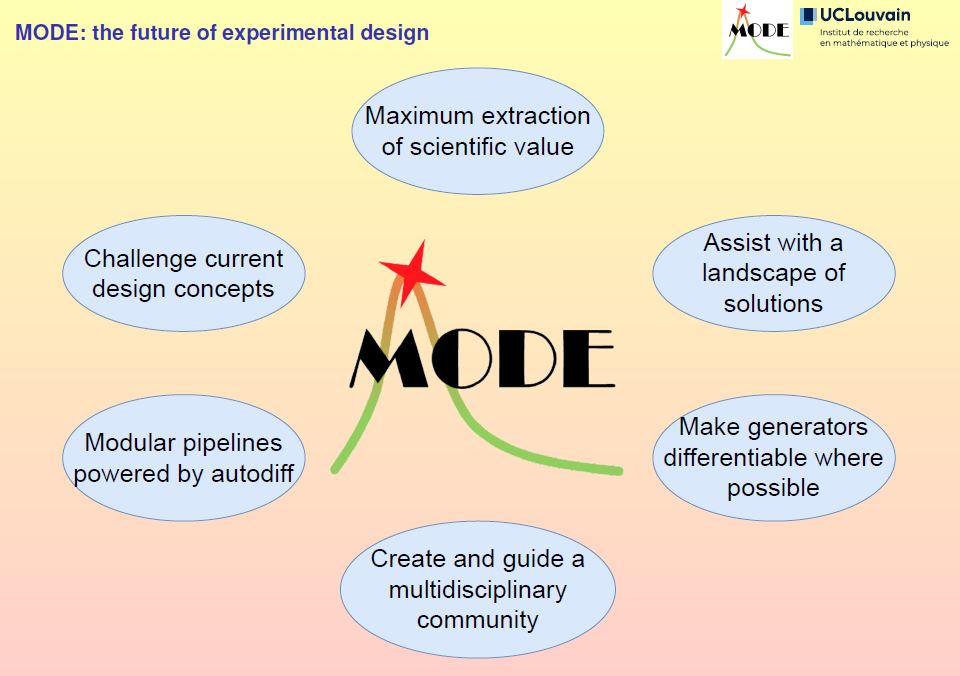The event is the second JENAS seminar (the first was indeed in October 2019, in Orsay), a joint venture of three organizations: APPEC, NuPECC, and ECFA. the fact that the fields of science are contiguous but not very strongly overlapping makes for interesting exchanges within the community, and the goal is in fact to identify possible points of contact where to invest for future synergies.
My personal interest in these matters is that as the founder and scientific coordinator of the MODE collaboration, I feel that the scientific activities I push forward are an exact match for the searches that JENAS does for possible joint activities to support. In fact, all these subfields of fundamental science require particle detectors to operate. And MODE means to exploit new artificial intelligence methods to improve the design of those apparatus - in fact, we have the ambitious plan of producing end-to-end optimization software, which may be used to assist the design of future instruments that require the interaction of radiation with matter to operate or in their data-generating procedures.
If you think about it, it should be a no-brainer: the parameter space of design choices that an experimental physicist is faced with when designing a particle detector is huge. This means there is no way one can be so lucky to guess, by experience and well-tested paradigms, where is the soft spot in that space, which guarantees best performance for given cost of the apparatus. But the problem is that it is maddeningly complicated to put together a complete model of such complex systems. That is why I am totally sold to this line of research: it is crazy hard.

Above: physicists listen to a summary talk at JENAS, yesterday afternoon.
This morning my colleague Pietro Vischia gave a very nicepresentation of the status of the MODE activities to JENAS, which funded our 2021 workshop in Louvain and hopefully will continue to fund our activities.

Above, Pietro Vischia discussing detector optimization
Below is a relevant couple of slides from Pietro Vischia's talk: The first highlights three posters we produced for the JENAS meeting, the second highlights the goals and activities of MODE.


---
Tommaso Dorigo (see his personal web page here) is an experimental particle physicist who works for the INFN and the University of Padova, and collaborates with the CMS experiment at the CERN LHC. He coordinates the MODE Collaboration, a group of physicists and computer scientists from eight institutions in Europe and the US who aim to enable end-to-end optimization of detector design with differentiable programming. Dorigo is an editor of the journals Reviews in Physics and Physics Open. In 2016 Dorigo published the book "Anomaly! Collider Physics and the Quest for New Phenomena at Fermilab", an insider view of the sociology of big particle physics experiments. You can get a copy of the book on Amazon, or contact him to get a free pdf copy if you have limited financial means.





Comments